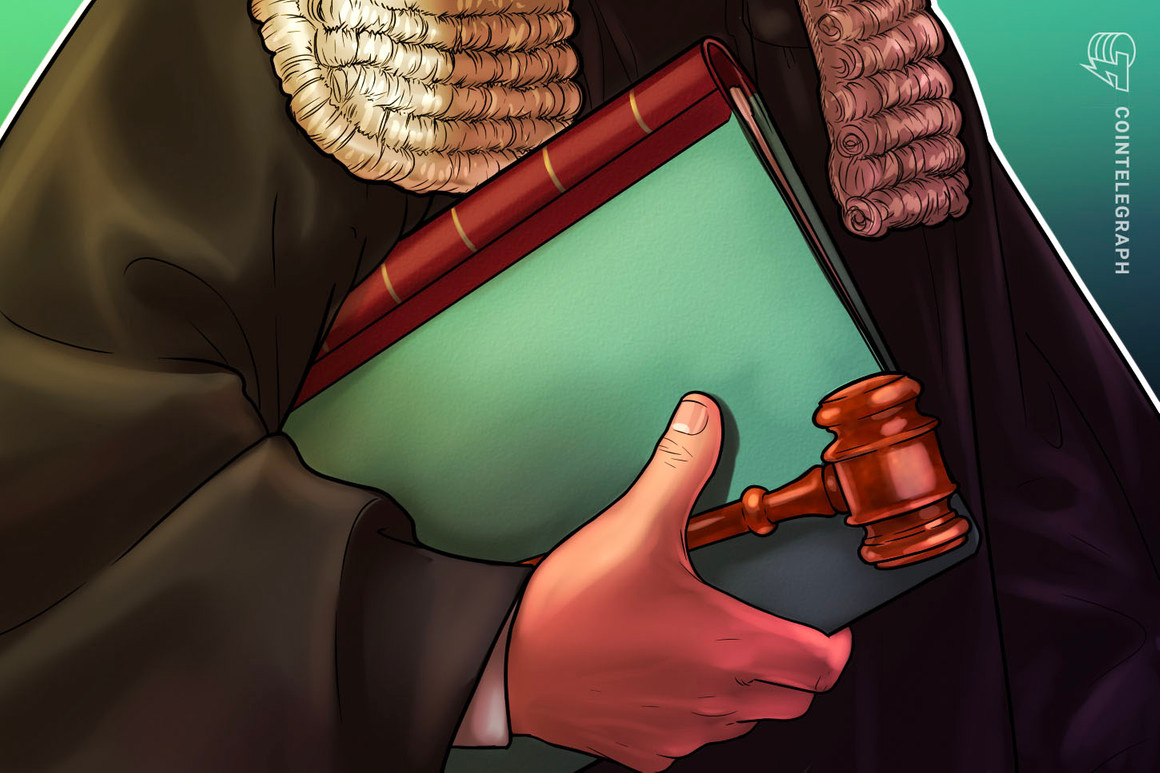I not too long ago got here throughout Marc Andreessen’s article from 2014 on Bitcoin (BTC). In some ways, it’s visionary (no shock). I’ve been within the business for 4 years now, with most of my focus being on the social impression of blockchain. It’s astonishing to me that in 2014, earlier than there was any institutional presence in Bitcoin — or, certainly, a preferred understanding of this new expertise — Andreessen was capable of define its potential financial and social impression for the longer term.
Practically eight years after he inked his phrases, I wish to deal with one of many matters from his article: micropayments. I’ll discover how blockchain might assist rework micropayments and thus allow not solely the monetization of sure features of companies which might be in want of an answer but in addition might help society’s most susceptible.
Micropayments
Micropayments aren’t a brand new idea. For the reason that mid-Nineties, micropayments have skilled varied levels of recognition. By definition, micropayments are transactions with a worth smaller than a sure threshold. Importantly, under that threshold, the transaction payment incurred turns into a good portion of the entire transaction worth and, consequently, not economical. One other essential side is that because of the minuscule financial quantities, micropayments refer solely to digital transactions of non-tangible items. Any extra value of dealing with and delivery would possibly imply a hundredfold improve of the unique transaction worth, making it totally irrelevant.
Bank card corporations supply retailers varied sorts of value plans for the charges they cost. These plans often comprise a lump sum charged per transaction and a share charged out of it. Not surprisingly, this data just isn’t brazenly out there from the cardboard corporations themselves, slightly it’s printed by others who compare these charges as a service for retailers. Inside that context, allow us to study what payment a service provider could be charged for a micropayment.
We assume the next:
● The bottom payment we uncovered was 1.29% of the transaction worth, and no lump sum payment was charged.
● For the reason that smallest constructing block of (most) fiat currencies is 1/100 of the entire — i.e., $0.01 — this might be the minimal payment the bank card firm prices, no matter whether it is greater than 1.29%.
Charting the proportion of the transaction payment as a operate of the transaction worth, we get the chart under. For instance, a $0.01 transaction incurs a payment of 100%, whereas the payment on a $0.10 transaction is “solely” 10%. Naturally, this goes to point out the irrationality of finishing up micropayment transactions underneath these cost platforms.
Blockchain has an answer
Nonetheless, there’s now an alternate. Blockchain expertise offers the proper resolution for micropayments, for a lot of causes. It offers the infrastructure for digital funds which might be getting quicker by the day, and importantly, the minimal cost unit of each Bitcoin and Ether (ETH) is extremely small, as displayed within the desk under:

As well as, crypto wallets are simply embedded in any digital machine, whether or not a cell phone, laptop computer or some other Web of Issues machine. And whereas charges might differ drastically on varied networks and on totally different events, charges aren’t a problem with many protocols and should attain as little as fractions of a cent.
Final, however actually not least, is consumer privateness. As a consequence of blockchain’s uneven encryption, the payer exposes solely their public deal with when paying, which offers virtually no data for somebody who’s seeking to hack their wallets. Sadly, the identical doesn’t go for a bank card transaction, which requires the payer to share their full bank card quantity and hope the cost platform is correctly secured.
The crypto business royally screwed up privateness
Actual use instances for micropayments
Now that the technological side is roofed, just one query stays: Can I get something for a millionth of a greenback? Nicely, I’m not certain a few millionth, however there are lots of use instances for micropayments. Beneath are just a few:
Different to the subscription mannequin: There isn’t a level in reiterating the financial reasoning behind the subscription mannequin for consuming on-line content material and its success lately, whether or not it’s video content material, music, newspapers, and so on. Whereas there are a number of benefits to this mannequin, it’s removed from excellent and nonetheless has sure caveats. For example, what if somebody wish to purchase only a single merchandise slightly than decide to a subscription? Let’s assume that Alice is subscribed to 2 on-line magazines when she discovers an attention-grabbing article on a 3rd one. She is not going to go for a 3rd subscription, although she is keen to pay just for that article. From the journal’s perspective, the article is already there, so why not cost somebody for it? Micropayments permit each Alice and the journal to maximise their financial utility.
Digital copyrights, royalties and referrals: As with the earlier case, there isn’t any want to clarify what copyrights, royalties or referrals are. Micropayments present a comparatively easy mechanism for the fast settlements concerned, with virtually no minimal restrict to the quantity charged per every, in contrast to the sophisticated options that stand in the present day.
IoT transactions: This use case is very visionary, although it can most likely change into as mundane and trivial as a lightweight change, sooner slightly than later. Thus far, IoT has barely matured right into a fraction of its huge potential. One potential purpose for this delay is the shortage of a easy, easy-to-implement monetization mannequin. Micropayments on the blockchain could possibly be the reply. Consider all the info that could be collected by your automotive, from street situations to visitors and extra. Sharing information collected by mass customers in actual time could possibly be invaluable for visitors planning and street upkeep. And as such, why not pay for it? The added worth of blockchain is an improved mechanism to anonymize the info and defend consumer privateness — once more, a profitable mixture. Naturally, this might work with some other IoT machine, from good meters to dwelling home equipment and extra.
Social impression: That is probably the most simple use case on this record (and, clearly, my favourite). Micropayments on the blockchain could be revolutionary in two features. The primary is that donation recipients might simply arrange accounts for receiving funds, which can permit donating immediately to them, chopping out all intermediaries and overhead prices. Having mentioned that, it’s important to notice that this function is a double-edged sword that may change into its main pitfall. It might be simply as straightforward for fraudsters to arrange false accounts, luring in donors. There will likely be a necessity for score and auditing, just like present on-line companies that price charities on a number of standards (e.g., Charity Navigator, Sensible Giving, Council of Nonprofits and others) with the intention to guarantee and supply higher visibility to donors. As well as, at the least donation quantity will not be a problem, we may even see donations of micro quantities. The World Financial institution categorizes a rustic with a gross nationwide revenue per capita that’s decrease than $1,025 as “low revenue.” Put in another way, this implies a each day wage that’s decrease than $3. As of 2020 data, there are 27 low-income nations. Micropayments might present a superb mechanism, which should be fastidiously monitored for fraud, to donate funds to folks in want in these nations. I believe you may see how this, if managed nicely, might result in extra environment friendly giving and a extra direct impression.
Digitizing charity: We will do higher at doing good
Over the previous couple of years, micropayments have misplaced a few of their preliminary status. Whereas the idea was forward of its time, the expertise lagged behind and prevented it from materializing. Andreessen was right and revolutionary in highlighting the flexibility of blockchain to remodel micropayments. Right here, I’ve barely scratched the floor by way of the use instances and the potential.
Companies might change into extra environment friendly and be capable of monetize extra of their choices. Complete communities could possibly be remodeled or introduced out of financial despair by direct and private help with out an middleman. Kudos to Andreessen on his imaginative and prescient eight years again — blockchain could possibly be the breath of recent air the world is ready for.
This text doesn’t comprise funding recommendation or suggestions. Each funding and buying and selling transfer entails threat, and readers ought to conduct their very own analysis when making a choice.
The views, ideas and opinions expressed listed here are the writer’s alone and don’t essentially mirror or symbolize the views and opinions of Cointelegraph.
Netta Korin is a co-founder of Orbs and Hexa Basis. Previous to Orbs, Netta served as senior adviser to Normal Mordechai Hod on particular tasks within the Israeli Ministry of Protection and as senior adviser to Deputy Minister for Diplomacy Michael Oren within the Prime Minister’s Workplace. Netta started her profession on Wall Road as an funding banker and later grew to become a hedge fund supervisor. She has intensive expertise in philanthropy and for over 15 years has served on a number of boards in Israel and America, holding high-level positions in government committees.









